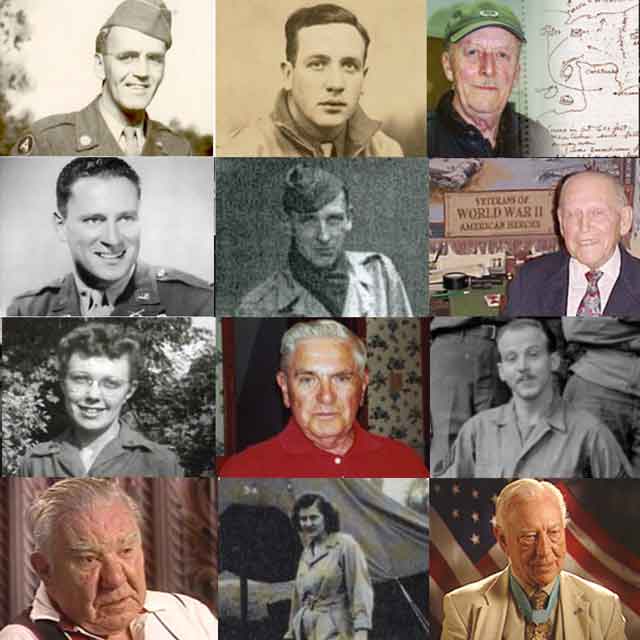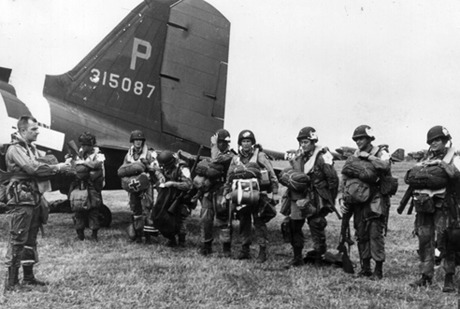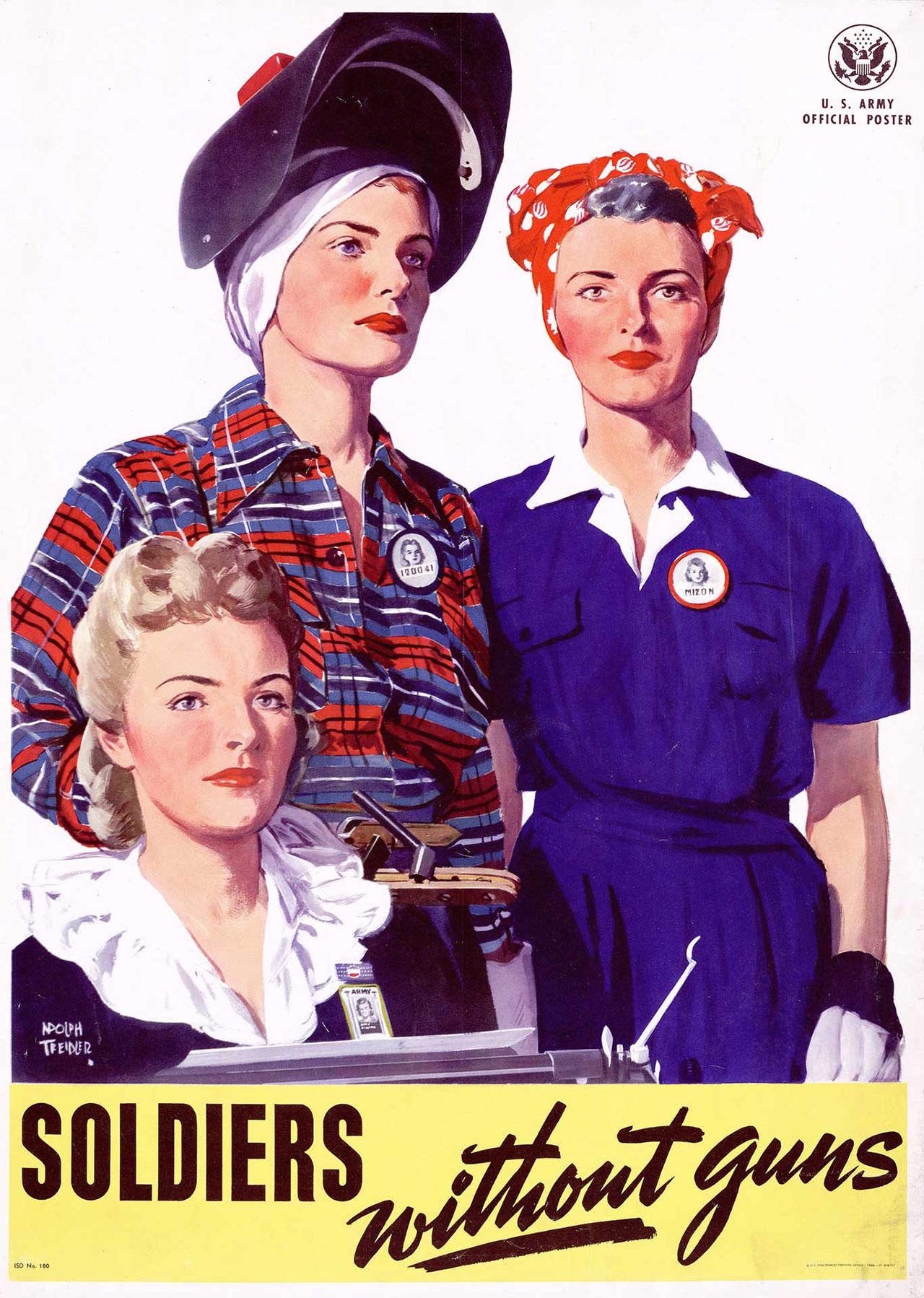WE REMEMBER
MULTIMEDIA ARTIFACTS
VIDEOS
Below are a selection of videos that offer a record of the experiences of U.S. Soldiers on D-Day, as well as Gen. Eisenhower's message to the Allied Expeditionary Force in advance of invasion of Normandy. Additional videos on D-Day can be found on the U.S. Army YouTube and on the U.S. Army Europe and Africa website.
Eisenhower decided before dawn on June 5 to proceed with Overlord. Later that same afternoon, he scribbled a note intended for release, accepting responsibility for the decision to launch the invasion and full blame should the effort to create a beachhead on the Normandy coast fail. Much more polished is his printed Order of the Day for June 6, 1944, which Eisenhower began drafting in February. The order was distributed to the 175,000-member expeditionary force on the eve of the invasion.
Jim Martin jumped with the 101st Airborne Division into Normandy, fought in Operation Market Garden, and held on to the city of Bastogne during the Battle of the Bulge. Ninety-three-year-old Jim "Pee Wee" Martin tells history of being an airborne Soldier during World War II.
June 6, 1944, nearly 160,000 Allied troops landed along a 50-mile stretch of heavily-fortified French coastline to fight Nazi Germany on the beaches of Normandy, France. Eisenhower called the operation a crusade in which "we will accept nothing less than full victory." More than 5,000 Ships and 13,000 aircraft supported the D-Day invasion, and by day's end on June 6, the Allies gained a foothold in Normandy.
CAPTURED MOMENTS
While every Soldier risked safety to fight for freedom during D-Day, personnel of the U.S. Army Signal Corps were also tasked with documenting one of the most consequential military operations of all time. Though not exhaustive, this gallery provides a diverse set of images from D-Day and related operations.
ON THE HOMEFRONT
Colorful and striking posters from the WWII era tell a story of recruitment, rationing and sacrifice as the nation braced itself for a long, grueling battle with the Axis powers. They reflect the character of a nation that is resolute and determined to win.
FULLSCREENOral History Project
Listen to the audio testimonials of those who lived through the Normandy Invasion. The Library of Congress provides first-person narratives in the form of oral history interviews, original manuscripts and photograph materials. They are a treasure trove of individual feelings, personal recollections, and primary source materials representing the voices of those who took an oath to serve our nation.

































